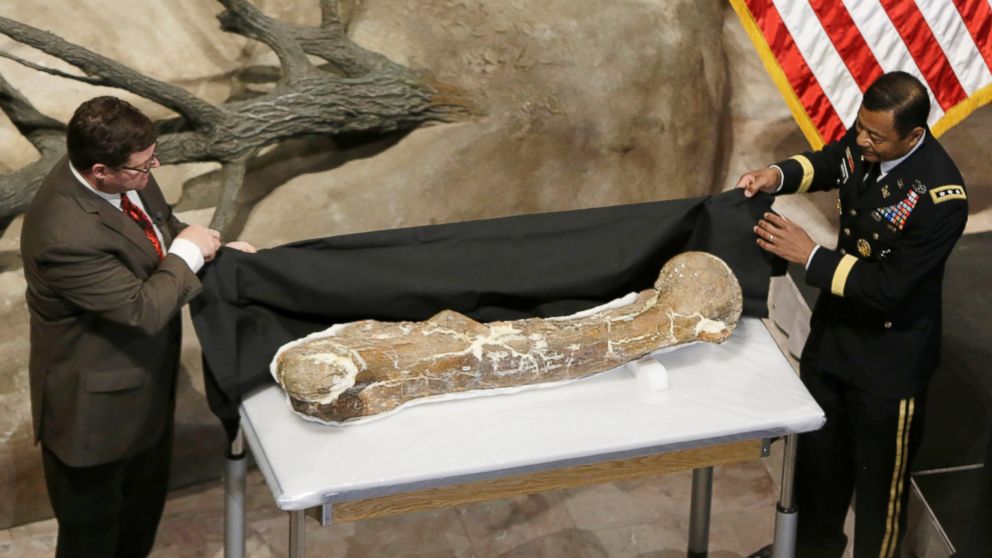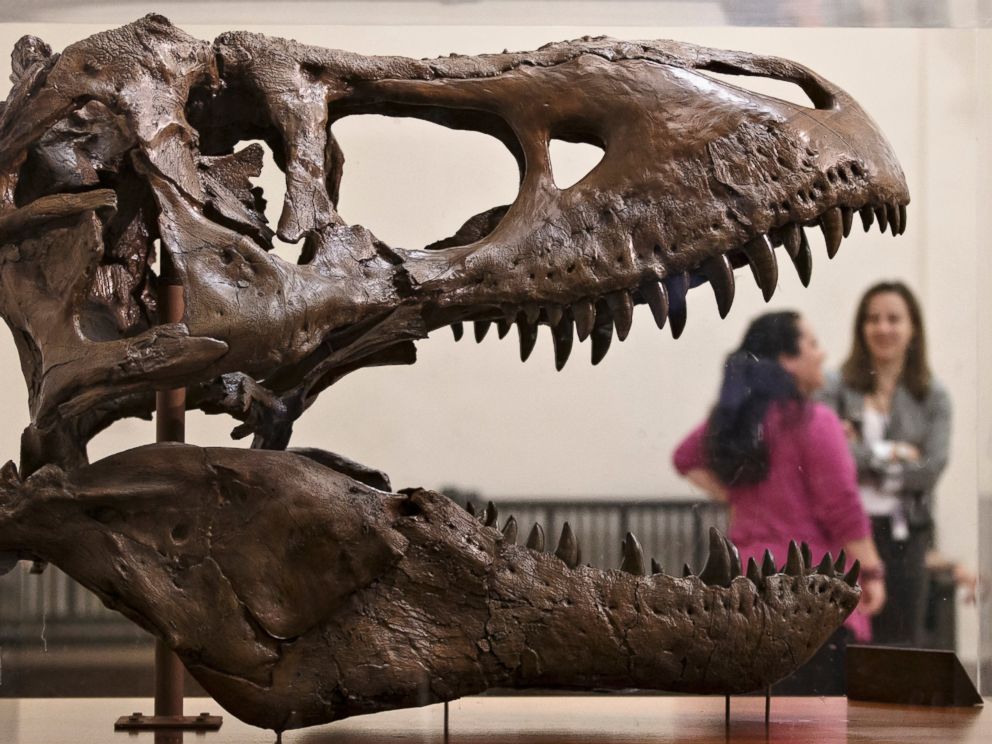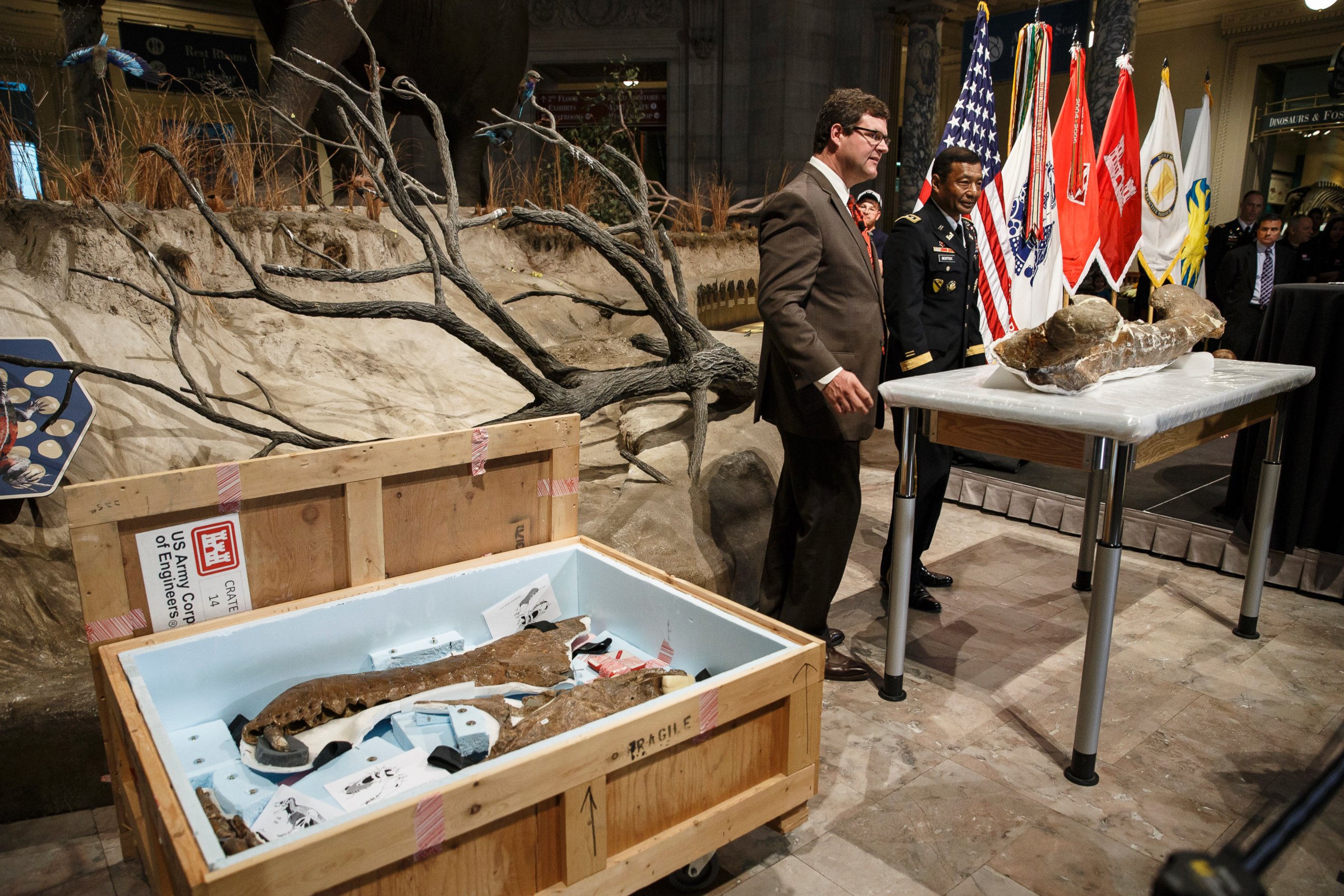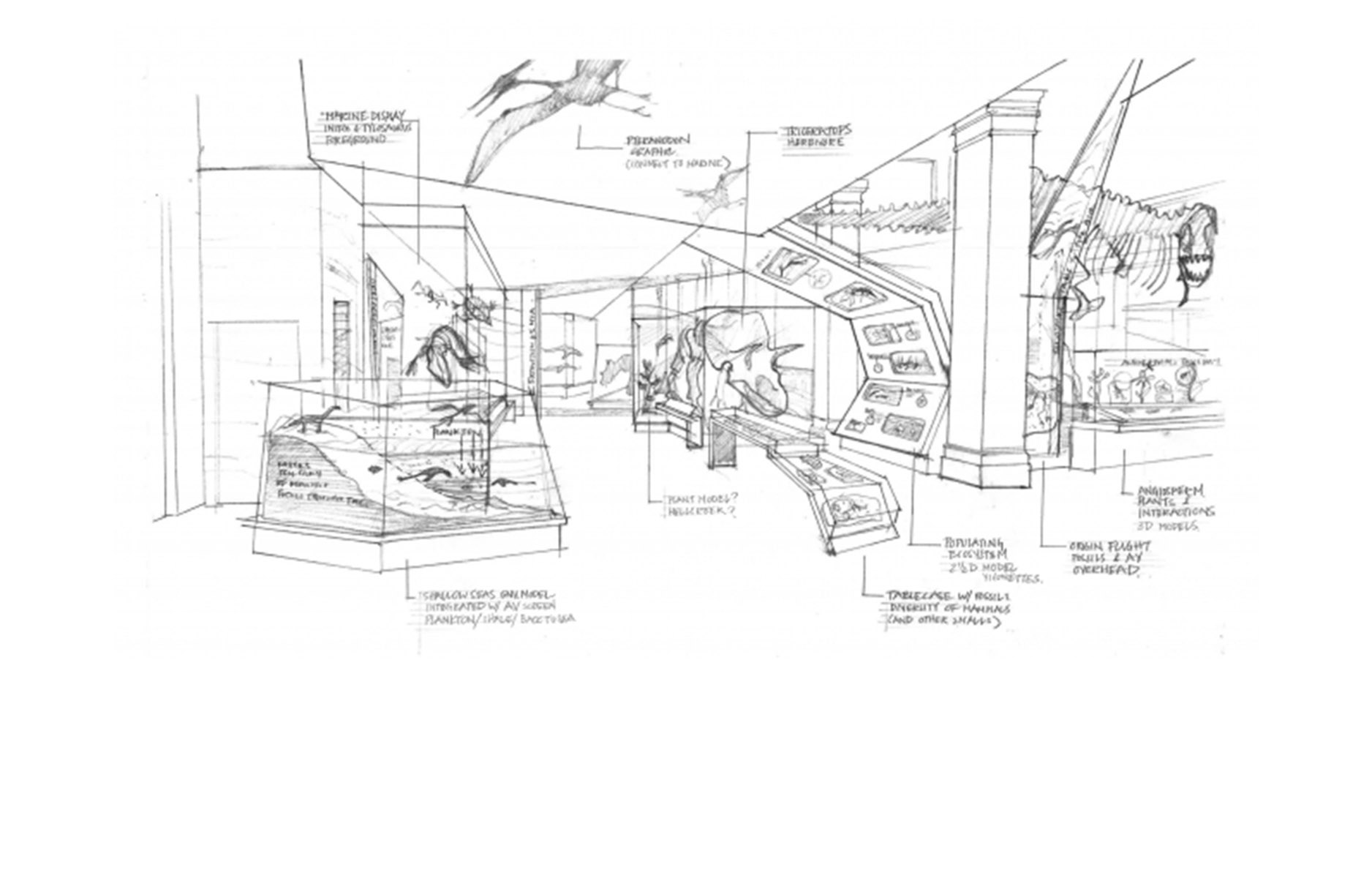T-Rex Arrives at Natural History Museum
The fearsome fossil is on loan from the Army Corps of Engineers.

April 15, 2014 -- Washington’s latest arrival is no stranger to tough habitats.
The 66 million-year-old Tyrannosaurus Rex arrived at the National Museum of National History today.
On loan for 50 years from the U.S. Army Corps of Engineers, the fearsome T-Rex fossil –- each tooth the size of a banana –- will form the centerpiece of the National Museum of Natural History’s new dinosaur and fossil hall in 2019.
But visitors to the nation’s capital won’t have to wait five years to see the creature’s remains. In the museum’s new “Rex Room,” tourists will be able to watch staff members unpack, photograph and prepare the bones for assembly.
The so-called “Nation’s T-Rex” was discovered in Montana in 1988 by a rancher named Kathy Wankel, who noticed a bone sticking out of the sand and delivered it to the Museum of the Rockies.
The skeleton was originally scheduled to arrive in D.C. on Oct. 15, National Fossil Day, but the 16-day government shutdown derailed the project schedule.
Luckily, nothing can stop a T-Rex for long. The Rex Room opens today.







